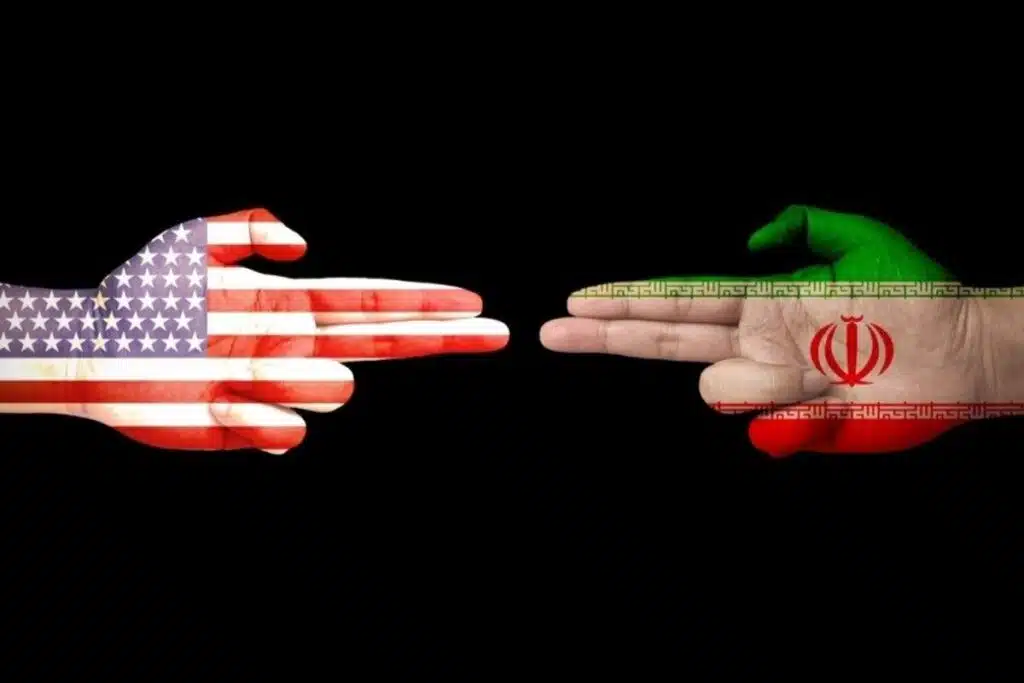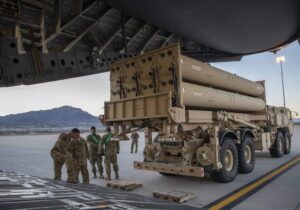
Iran and America conflict
Iran and America conflict
مدیریت
Author
: The United States has repeatedly acknowledged, both officially and unofficially, that it will exert maximum effort to prevent the expansion of Iran’s regional influence. The U.S. government seeks to diminish Iran’s material and ideological influence as the leader of the “Axis of Resistance” in the region, while also challenging Iran’s nuclear and missile capabilities by any means necessary. Undoubtedly, Israel serves as a highly suitable tool to achieve this goal, given its status as Iran’s regional and ideological adversary. Currently, Iran and the U.S. are at a critical juncture. Trump’s threats, Iran’s sharp responses, and military movements in the region all indicate that the risk of confrontation is higher than ever. However, the diplomatic path has not yet been entirely closed. Although the situation is nearing the brink of war, the outbreak of conflict still depends on the decisions of both sides, the actions of regional allies, and potentially a miscalculation. Strategic analysts estimate that a political resolution to the issues between Iran and the U.S. is currently far more likely than war. Nevertheless, any rash action or reaction from either side could drastically alter the course of this crisis. Both the U.S. and Iran have engaged in significant military maneuvers. The U.S. has conducted multiple B-52 bomber flights near Iran as a show of force and a signal of potential military action. Additionally, U.S. forces have participated in large-scale military drills involving strategic bombers and fighter jets, in coordination with Israel. On the other hand, Iran has conducted joint naval exercises with Russia and China in the Persian Gulf, further strengthening its military capabilities. Iran has also unveiled “missile cities” housing an expanding arsenal of long-range missiles and conducted missile tests to showcase its firepower. These military displays serve as a warning to the U.S. and its allies. Diplomatic relations between the U.S. and Iran have deteriorated since the U.S. withdrew from the nuclear deal in 2018. Despite some attempts to renegotiate, Tehran has rejected Washington’s demands and increasingly sought to garner support from Russia and China. U.S. President Trump recently revealed that he sent a letter to the Supreme Leader in Tehran, demanding a new nuclear agreement within two months. He indicated that if Tehran refuses this demand, military action against Iran will follow. With negotiations stalled and the deadline approaching, the diplomatic window for de-escalation is closing rapidly, leaving military action as an increasingly likely outcome. The current trajectory of U.S.-Iran relations is leading toward a potential conflict, but it does not have to be this way. Both sides appear inclined toward diplomacy. Trump has expressed interest in negotiations, while Tehran demonstrated during the early years of his presidency that maximum pressure only triggers maximum resistance from Iran. With military build-ups on both sides and ongoing sanctions, the risk of direct military confrontation between the U.S. and Iran is rising. Amid continued Israeli military operations in Gaza, the activities of Iran-backed proxy groups in the region, and the looming diplomatic deadline, the coming months will determine whether the two nations can find a peaceful resolution or descend into full-scale conflict.



Be the first to share your thoughts!